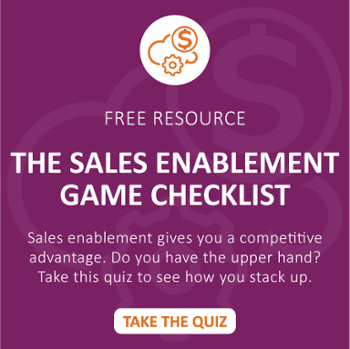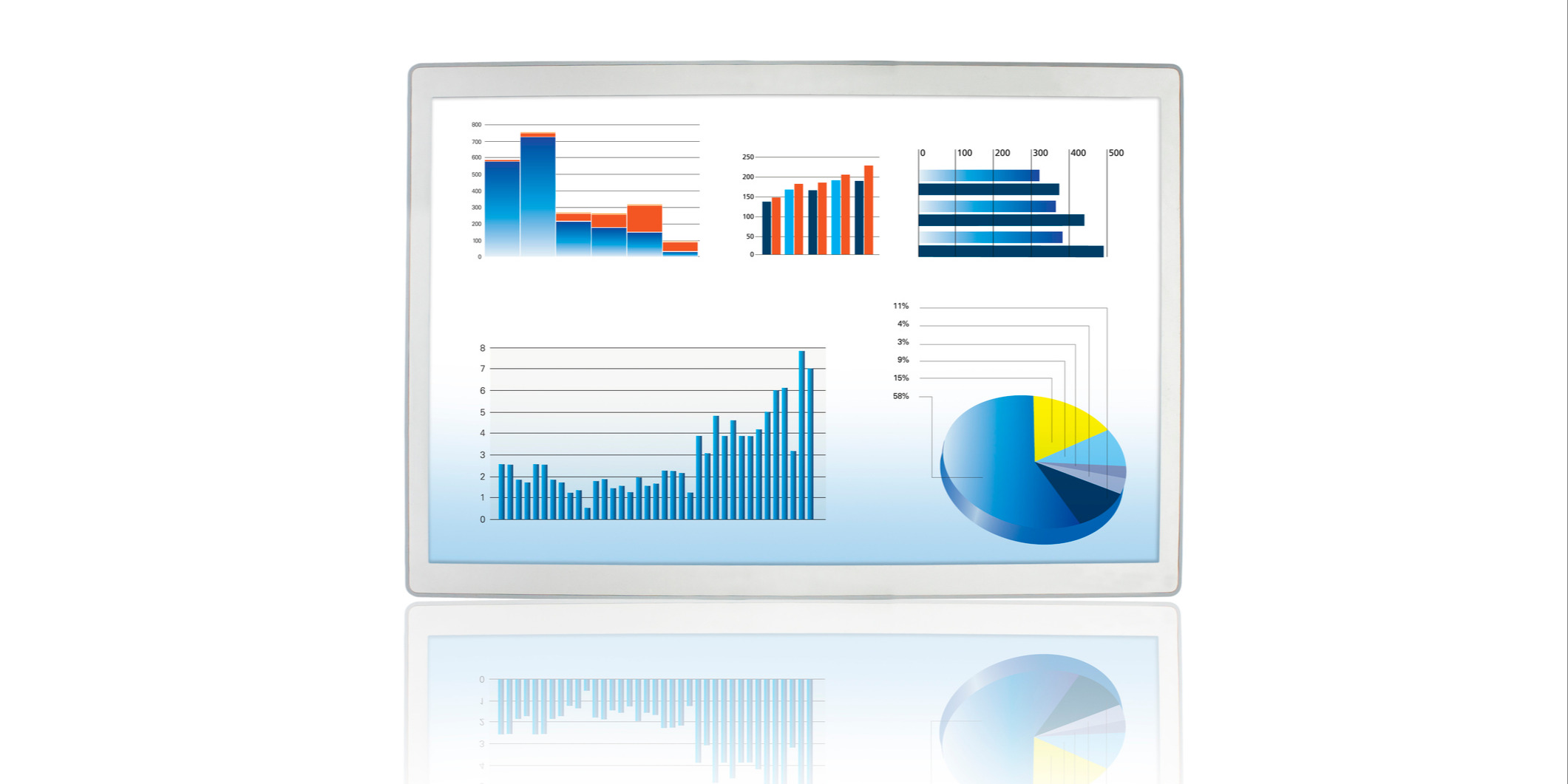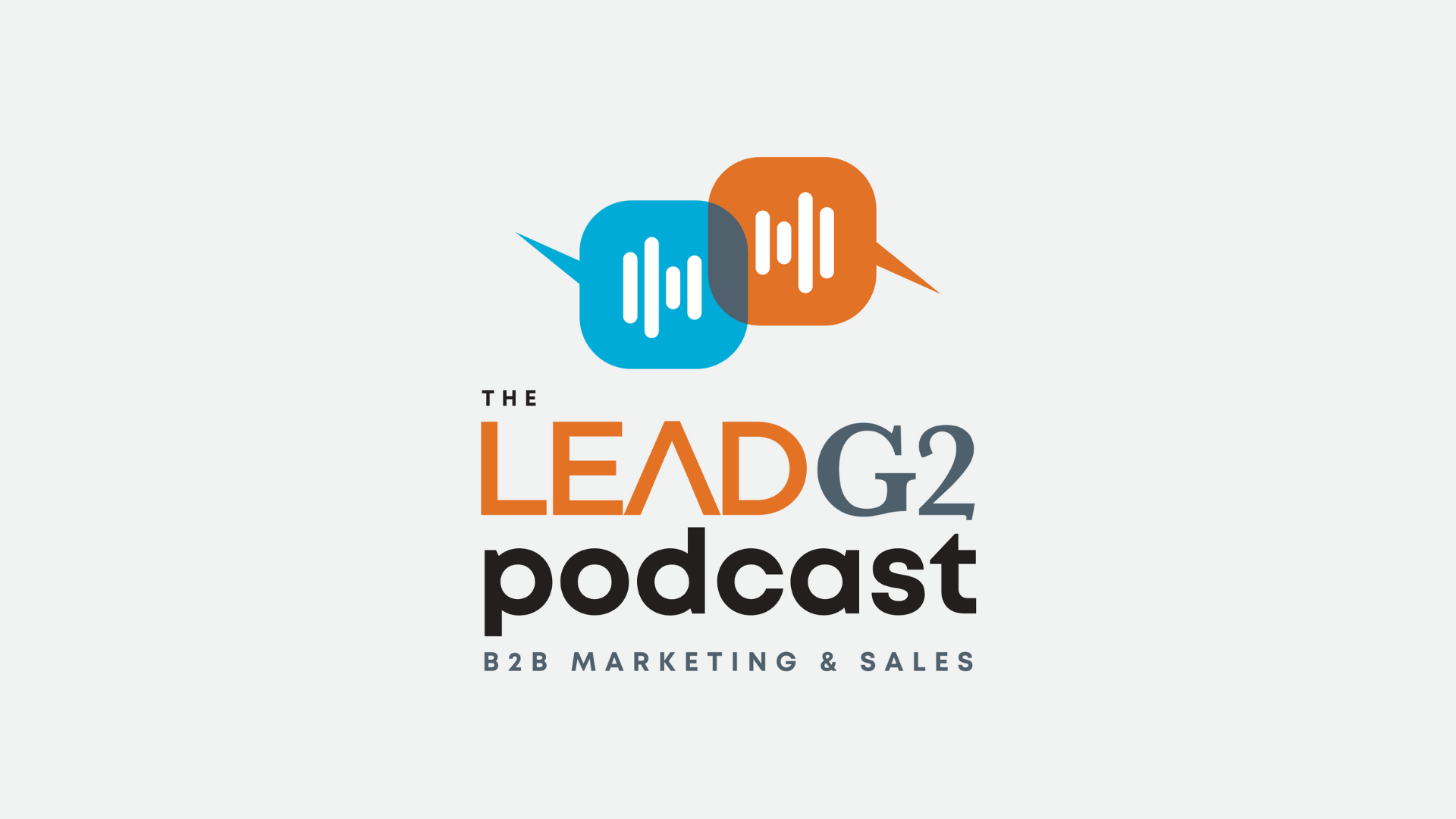Having the right tool to successfully complete a task is critical. If you want to drive a nail, you need a hammer. If you want to turn a screw you need a screwdriver. And while you can use a screwdriver to drive a nail, you need to hit the nail with the handle — and isn’t very efficient. It ends up taking much longer and leading to a lot more frustration.
Similarly, sales teams often experience more frustration and longer sales cycles because they lack the appropriate tools to efficiently accomplish their goals. The knee-jerk reaction from many sales managers is to provide new or additional sales enablement tools. But are they providing the right tools? Will the tool improve the performance and efficiency of the sales team, or will it only lead to more frustration?
Before you rush to provide new sales enablement tools or tactics to your team, take a step back, and evaluate what you need these new tools and tactics to accomplish.
How do You Measure Sales Enablement?
 The primary goal of salespeople is to drive revenue growth. Consequently, the most important KPI (key performance metric) that measures a salesperson’s success is the revenue generated from closed deals. If that’s the only metric that sales managers monitor, you’ll get an incomplete picture of how your team is performing, or more importantly, how you can help your team improve their performance.
The primary goal of salespeople is to drive revenue growth. Consequently, the most important KPI (key performance metric) that measures a salesperson’s success is the revenue generated from closed deals. If that’s the only metric that sales managers monitor, you’ll get an incomplete picture of how your team is performing, or more importantly, how you can help your team improve their performance.
Below are additional sales KPIs examples that can help sales managers:
-
Diagnose weaknesses in their sales process
-
Identify opportunities for improvement
-
Prescribe the most appropriate action and/or tool to facilitate improved performance
KPIS for Sales Enablement
1. MQL/SQL Conversion Rate
In order to close deals at the bottom of the funnel, you need to have sales leads going into the top of the funnel. Your sales team may be the best closers in the world, but if they don’t have enough opportunities to present proposals, they’ll struggle to hit their revenue quotas.
While they may be able to generate their own SQLs (Sales Qualified Leads), marketing should present them with a consistent supply of MQLs (Marketing Qualified Leads) for them to work. A MQL is a lead produced by the various tactics deployed by the marketing team, and it meets the predetermined criteria of your target persona (industry, company size, geography, decision-maker title/function, etc.).
A SQL is an MQL that your sales team has accepted as worthy of a direct sales follow-up. Monitoring this KPI will help hold your marketing team accountable for producing enough high-quality leads. It’s also an early indicator to determine if your sales team is properly following up on every lead assigned to them.
2. SQL/Opportunity Conversion Rate
A SQL may warrant the attention of a salesperson, but that doesn’t mean its an opportunity yet. A SQL can’t be an opportunity until the salesperson has had discussions with the prospect and completed some level of discovery. Many organizations use the B.A.N.T. (Budget. Authority, Need, Timeline) rule before a SQL can be converted to an opportunity. This means the prospect:
-
Must have the budget or be able to find the funds required to purchase your solution
-
Must have the authority to at least influence the purchase decision
-
Must be able to demonstrate a need for your solution
-
Must have a timeline for purchasing a solution
Measuring this KPI will provide additional insight into the lead follow-up disciplines of your sales team, as well as their effectiveness in completing a needs analysis discovery with their prospects.
3. Sales Cycle Length
The key to accurately measuring the length of you sales cycle is to have consistent starting and ending points. The ending point is easy. It’s the day the signed contract is received from the new client. However, the starting point can get a little hazy. Do you start the clock ticking when the prospect is an MQL or a SQL? Or does it start when it becomes an opportunity?
It really doesn’t matter as long as you use the same criteria for every deal. Measuring the length of your sales cycle is the first step in shortening it. Successfully shortening your sales cycle means your sales team can work on more opportunities and close more deals every year. And more deals mean more revenue. Paying attention to the length of your sales cycle will provide insight into your sales team’s productivity and efficiency. It will also help shine a light on where deals may be getting stuck in the pipeline.
So, before you start deploying new sales enablement tactics or tools, make sure you understand what specifically you’re trying to accomplish. Measuring and monitoring these and other sales performance KPIs will provide you the insight to prioritize areas for potential improvement and help you take the most appropriate sales enablement action.
*Editor's Note: This blog was originally published in July 2020 and has since been updated.
.png)






Leave a Comment